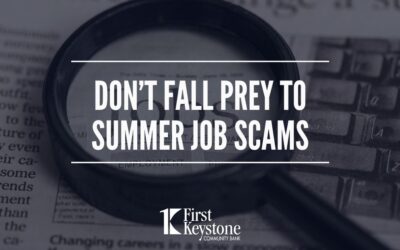What life do you want to live in 2025 and how do you back that financially? An end-of-year financial check-up could be on your 2024-2025 To Do list.
What is an end-of-year financial check-up?
A financial check-up looks at the current state of your finances to establish the condition they’re in and what you should do to stay on track. A check-up should be performed annually, typically at the end of the year, or after major life events like marriage, divorce, birth or death.
How do I perform a financial check-up?
You could perform an end-of-year financial check-up on your own if your finances are uncomplicated. Your check-up should include your income and debts, savings and retirement accounts, and insurance plans. You should also take inventory on your lifestyle over the past year—how and where you’re spending, and what your spending habits are. For example, do you shop more online or in-store, and are you susceptible to flash sales and bargains? A complete, honest assessment of your financial lifestyle could help get you started on meeting any financial goals you may have for the coming year.
However, if your finances are more complex, you might benefit from a financial planner or other expert.
Where do I start?
The first two steps to surveying your finances is to set or reset your financial goals and then draft a budget plan that will help you maintain your daily expenses and work toward your goals. If you already have goals set, evaluate your performance and adjust your budget and spending as needed. The objective is to balance your usual expenses with your longer-term goals. Examine your debt to determine if there are ways to cut back, like reducing high-interest credit card balances or refinancing a loan.
Don’t forget to save!
Working toward a secure financial future should be part of everyone’s goals. Does your company have a 401(k) plan that will match a part of your contribution? Consider increasing your portion of the plan. Consider investing in an IRA, especially if you are close to retirement. Many experts suggest 10-20% of your pretax income should be going toward retirement. Continue to check current interest rates to make sure you are gaining a reasonable return on your accounts. Review your progress on any other funds you have like an emergency fund or college fund.
A year-end financial check-up can set you on the right path for the next year and ease your mind that your financial health is stable. Remember to routinely check your credit report with the three main reporting agencies at AnnualCreditReport.com.




